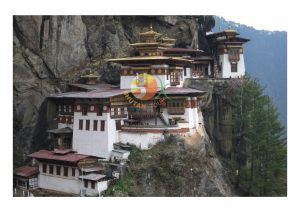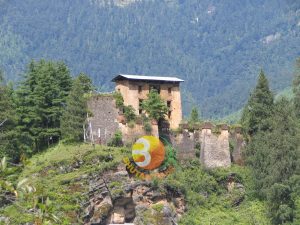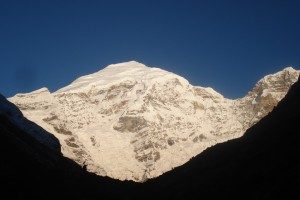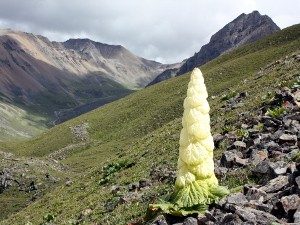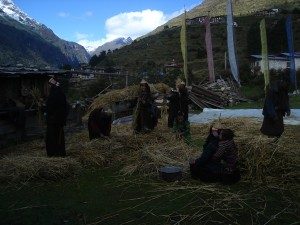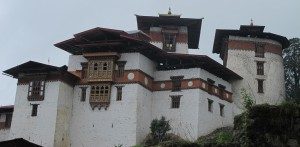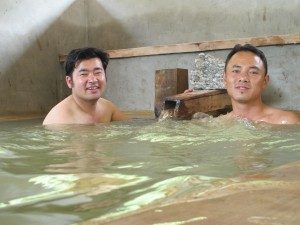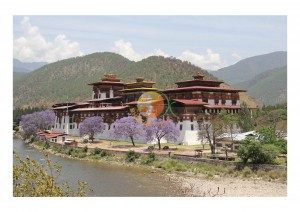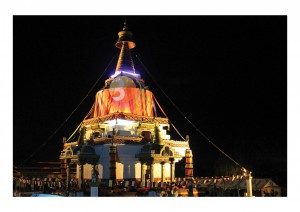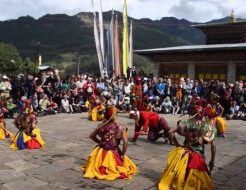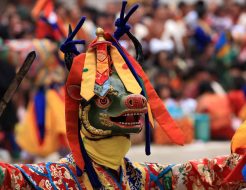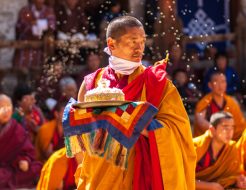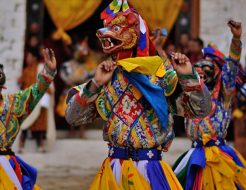The first five days of this trek follow the same route as the Jomolhari Trek I through Jigme Singye National Park and offer awe-inspiring views of Mt. Jomolhari, Jichu Drake, and Tsherimgang. On the sixth day, the path diverges and you will depart Lingshi for the campsite at Chebisa, a charming little village adorned with a beautiful waterfall of crystal clear water.
Along the trail, you’ll be able to spot indigenous animals such as blue sheep and Takins, the national animal of Bhutan. You’ll travel through remote mountain villages inhabited by Layaps (people of Laya), a distinct segment of the Bhutanese society with unique culture, traditions, and appearance. The trek also offers a day of relaxation at the famous Gasa hot springs that is sure to rejuvenate you.
This is one of the more difficult treks offered in Bhutan due to the high altitudes and steep ascents and descents along the path. The best seasons to complete this challenge are in April-June and Mid-September-Mid-November.
| Trek Name | Bhutan Laya Gasa Trek |
|---|---|
| Trek Duration | 13 Days |
| Total Duration | 21 Days |
| Highest Altitude | 4750 |
| Difficulty Level | Medium |
| Cost | USD 6,550 Per Person. |


